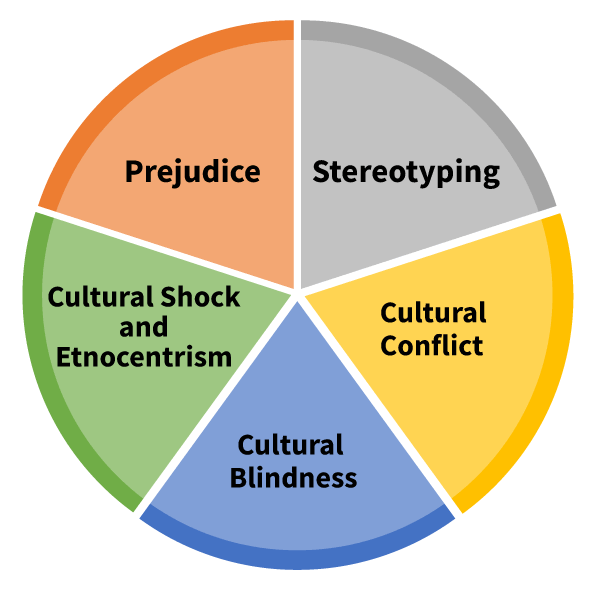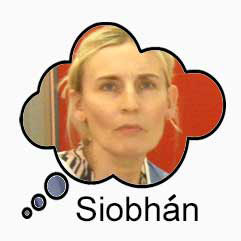Disabling Barriers/Inhibitors and Empowering Cultural Communication
Department Five Scene 5 Siobhán and Eunice
Eunice the Erasmus student is giving a report on Mary's condition to Siobhán her mentor at the nurses station.
Eunice: Hello Siobhán, I need to give you a report about Mary who has abdominal pain.
Siobhán: Okay! (Looking intensively at her).
Eunice: ...mmm (looking down at floor freezes).
Siobhán: Why are you not looking at me? You need to tell me what’s going on!
What is the barrier to communication for Eunice?

Cultural shock is the feeling of helplessness, discomfort and disorientation experienced by an individual attempting to understand or effectively adapt to another cultural group that differences in practice, values and beliefs.
Now reflect on how Eunice could manage this situation in the future?
When you are ready click to view
Best practice solution:
Make sure your non-verbal communication techniques such as eye contact is acceptable among the culture in which you are practising in. Eunice did take into consideration the cultural use of eye contact and verbalised her discomfort - this is good practice and allows for cultural negotiation. Eunice could use this opportunity to explain further the use of eye contact in her ethic group, which may help Siobhán to understand and become more culturally competent.
What is the barrier to communication for Siobhán

Ethnocentrism is the belief that our own culture or ethnic group is at the centre of the world, is normal or even superior and that others are strange or interior Ethnocentric nurses are unfamiliar and uncomfortable with anything that is different from their culture.
Now reflect on how Siobhán could manage this situation in the future?
When you are ready click to view
Best practice solution:
Siobhán should have understood the concerns and issues that occurred for Eunice as her practices differed from the the dominant culture. In this instance Siobhán should be culturally sensitive to Eunice's experience of eye contact. Siobhán needs to develop an appreciation of diversity and have a discussion with Eunice about the different non verbal communication acts and then highlight what may be commonplace in the current professional context.



